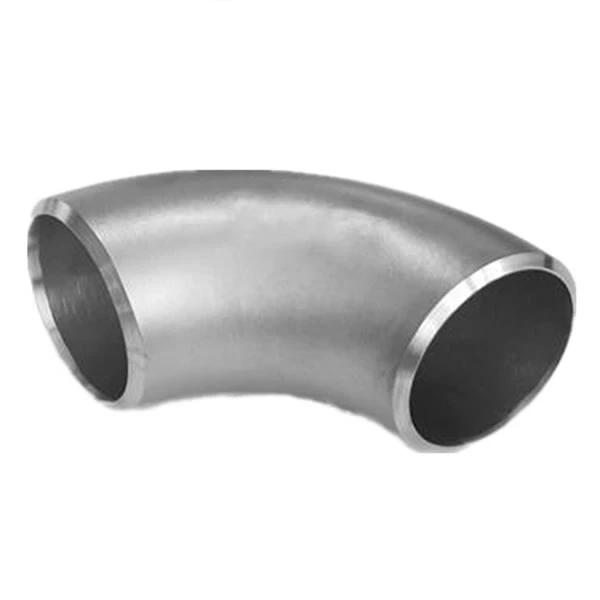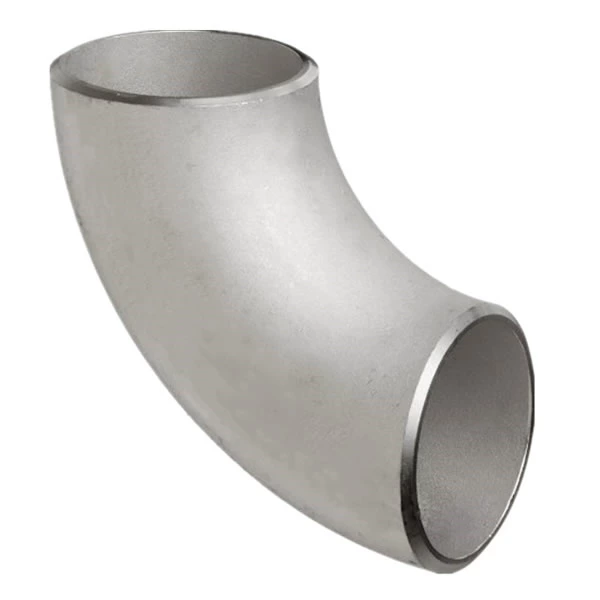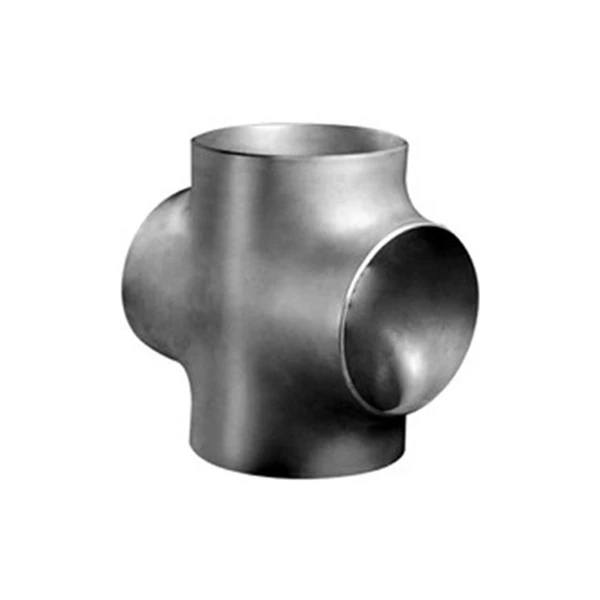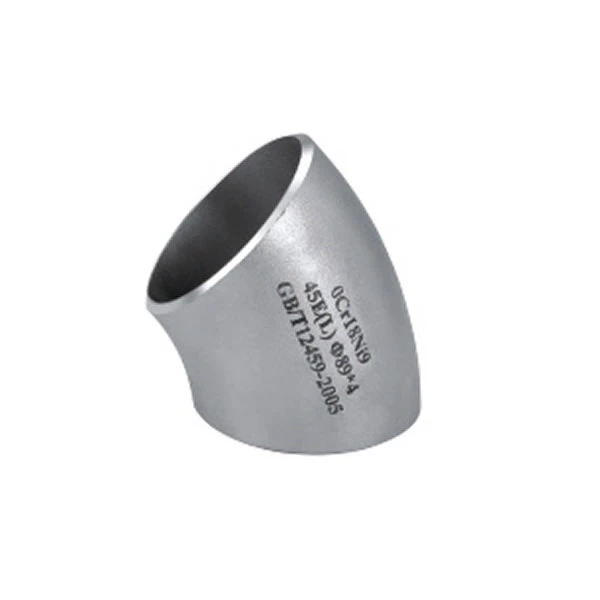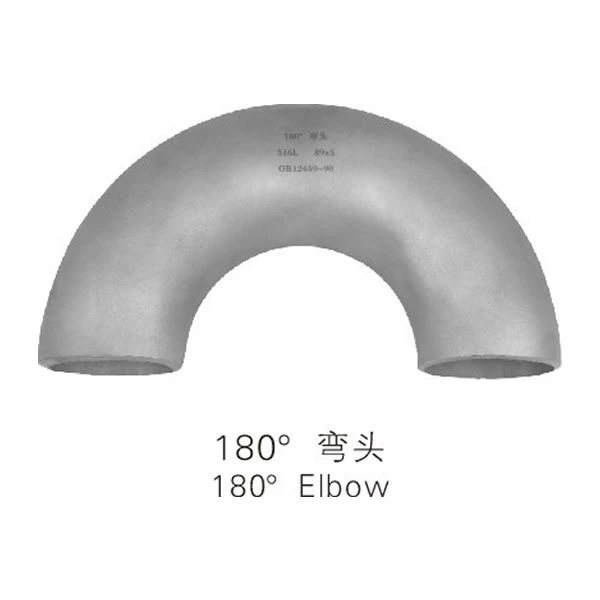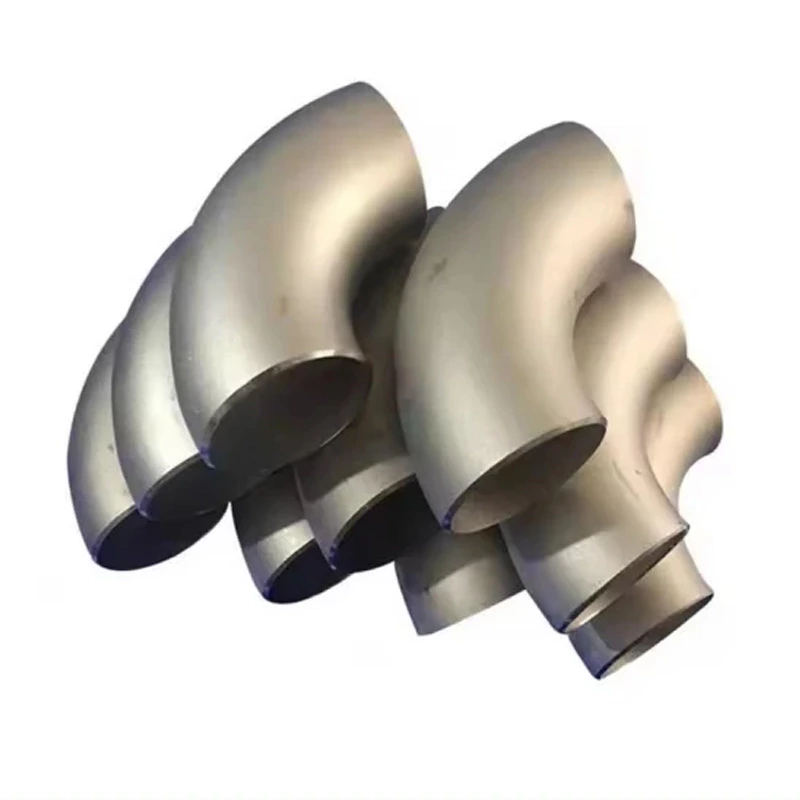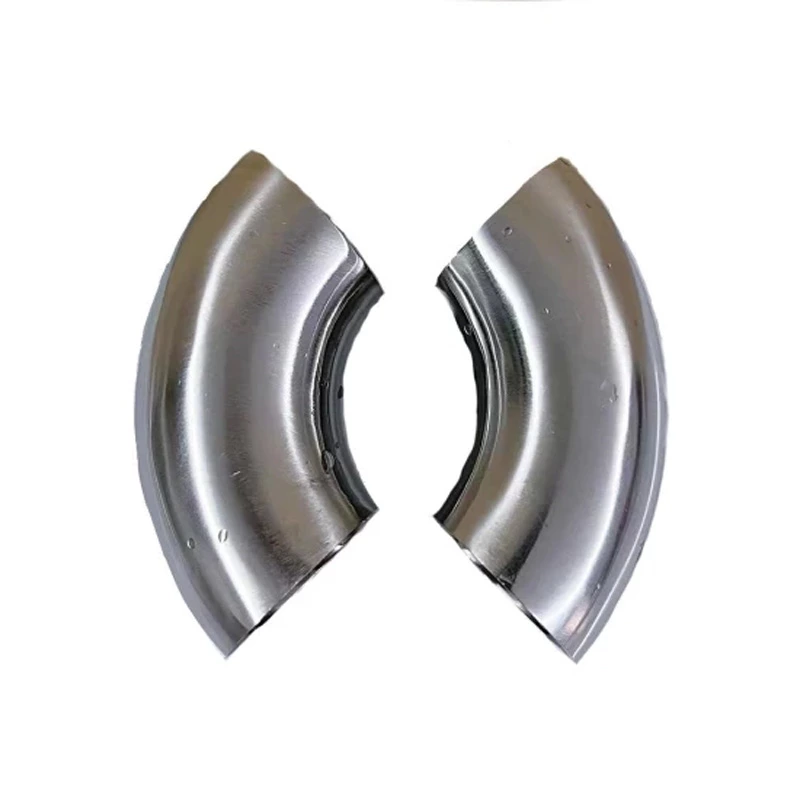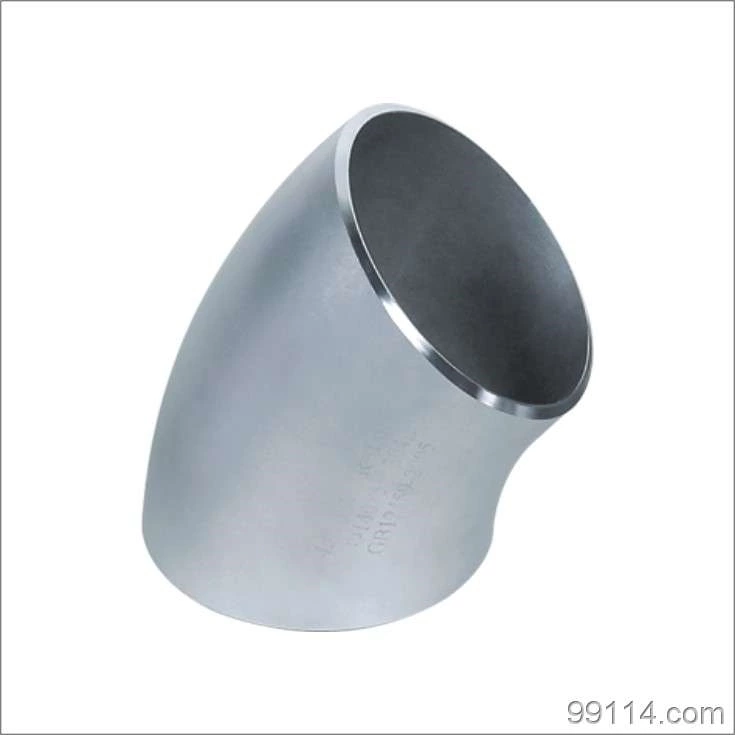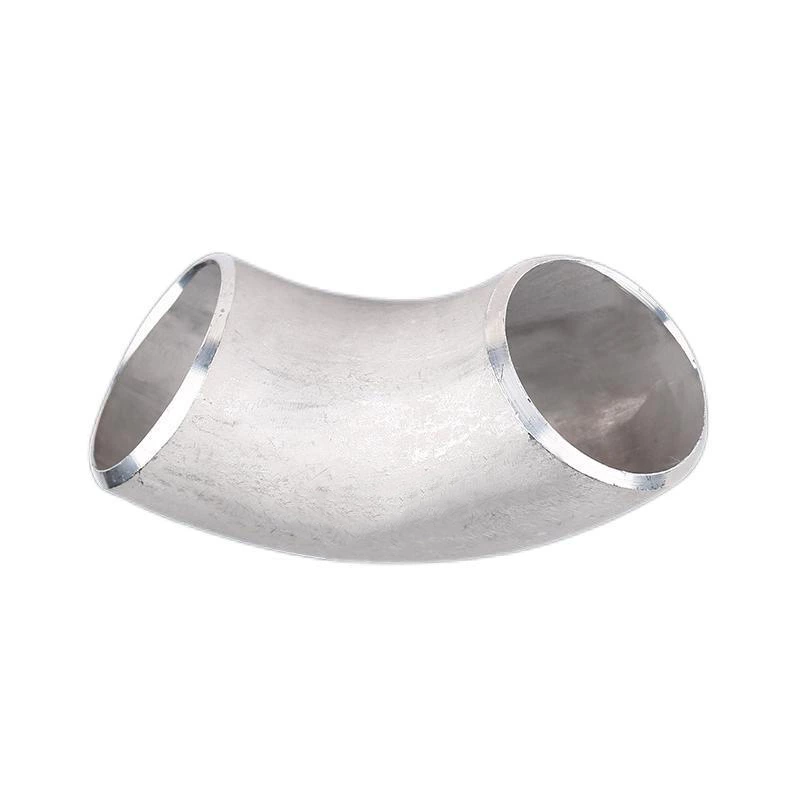How To Prevent Oxidation And Rust Of Stainless Steel Elbows
The most commonly used methods for stainless steel elbows in production are manual arc welding and gas welding in fusion welding. Manual arc welding is a welding process in which the welding rod and the weldment are melted by hand using the arc heat generated by the arc. The heat generated by the arc melts the end of the welding rod and the weldment at the same time to form a molten pool. As the welding rod continues to move forward, a new molten pool is continuously generated between the welding rod and the weldment, and the old pool cools to form a complete weld. In addition, the heat of electric welding melts or burns the skin on the welding rod to form slag and gas, which can effectively prevent oxygen in the air from invading the molten pool and protect the molten pool metal.
How should Stainless Steel Weld Elbow be maintained? Below, we will introduce it to you in detail:
1. When the ball valve, stop valve, and gate valve of the elbow are used, they are only fully opened or fully closed, and no adjustment is made to prevent the sealing surface from being eroded and accelerated wear. There is an inverted sealing device in the gate valve and the upper threaded stop valve. The handwheel is rotated to the upper position and tightened to prevent the medium from leaking from the packing.
2. The bolts of the packing gland of the elbow valve should be tightened evenly and should not be pressed into a crooked state to avoid bumping, obstructing the movement of the valve stem or causing leakage.
3. When using the handwheel for the elbow, do not use a lever or other tools to avoid damaging the valve parts. The handwheel is turned clockwise to close, and vice versa to open.
4. The elbows stored for a long time should be checked regularly. The exposed processing surface should be kept clean and neatly stored in a ventilated and dry place indoors. Stacking or outdoor storage is strictly prohibited.
When the alloy stamping elbow is prevented from corrosion, if the pipeline is thickly rusted, it should be knocked with a hammer first to make the rust layer fall off. When the rust layer is not thick, use a wire brush, wire cloth or coarse sandpaper to scrub the surface until the original color of the pipeline is revealed, and then scrub it with a cotton yarn head. This method is only suitable for scattered and scattered rust conditions and is not suitable for large-scale use. Sandblasting is a relatively effective rust removal method for chemical pipeline corrosion prevention. This method can not only remove the rust layer, old paint layer and other dirt on the surface of the steel pipe, but also form uniform small pits on the surface of the steel pipe. This can increase the bonding strength between the coating and the metal pipe, improve the anti-corrosion effect and service life of the coating, and pave the way for the next step. The buried stainless steel elbows generally use chemical pickling, which can remove rust and remove old coatings. However, it should be noted that although chemical pickling can clean the surface of the stainless steel elbow, its anchoring method is shallow and easy to cause environmental pollution. Therefore, chemical cleaning is generally not recommended. Therefore, stainless steel elbows came into being, which are not only not easy to rust, but also beautiful.
The root of the alloy stamping elbow weld is prone to wood penetration defects. The preventive measures to be taken are: correctly select the welding current and welding speed; select the processing groove and size correctly. Cracks are defects of local metal rupture inside or on the surface of metal. The preventive measures that should be taken are: preheating the weldment before welding; strictly controlling the carbon, sulfur and phosphorus content in the raw materials; minimizing the content in the molten wax pool; using the correct welding sequence and direction to reduce rigidity. During welding, due to the local heating of the weldment, the temperature distribution is uneven, which will also cause deformation of the weldment, such as longitudinal deformation, transverse deformation, angular deformation, bending deformation and warping deformation. In order to determine the quality of the welded product, it is generally necessary to conduct a quality inspection after welding. For unimportant products, the appearance inspection is selected and defects are checked. For important products, the internal quality of the weld must be inspected by spectral inspection, radiographic inspection or acoustic inspection to find and possible hidden dangers.
